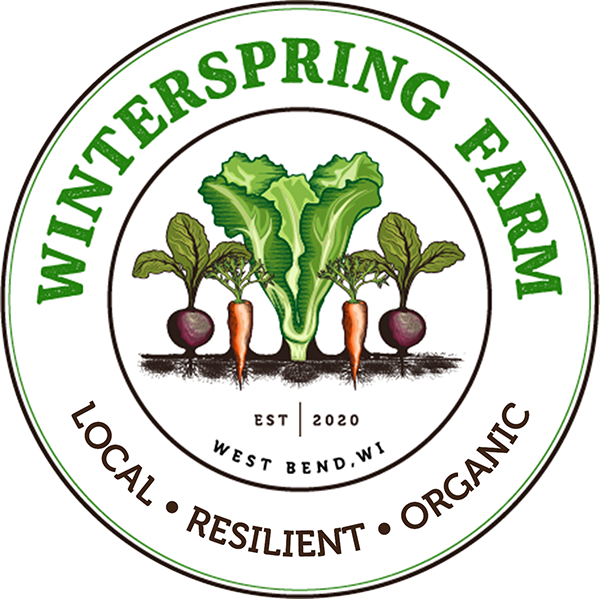Chile Peppers
Culinary Use, Storage, & Benefits
Serrano peppers
Vegetable Profile: Chile peppers (Capsicum spp.)
Description
Chile Peppers (aka hot peppers) are spicy because of a single gene which produces capsaicin. Most of this substance is concentrated in the white, pithy membrane inside the pepper and surrounding the seeds. Chiles are a member of the nightshade family. The spiciness of a pepper is rated on a scale of HU, or heat units. For example, a cayenne may be 25000 HU, while a shishito may be 50-200 HU. In addition to the spicy flavor, different peppers contain a variety of other more subtle flavors, such as the fruitiness of a Jalapeno, or the earthiness of a serrano. Our household enjoys spicy food, and pair it with a cold glass of milk. The milk acts as a palate cleanser for the oil-based capsaicin in this case.
We grow a few varieties that most people are familiar with: Cayenne, Habanero, Jalapeno, Poblano, Serrano, and more. We offer specialty varieties as seedlings during our annal seedling sale each May.
We highly recommend using gloves when processing hot peppers. The capsaicin can stick around on your hands and cause major discomfort.
Hungarian hot wax, serranno, and cayenne
Nutrition
Medicinally, chile peppers are intense and fast-acting. They can increase body temperature and as a diaphragmatic, can increase sweating. Chiles tonify and decongest the stomach and lungs. Traditionally, chiles have been used for their antioxidant properties, which helps to preserve food to serve later. Chiles are not recommended for anyone with inflammatory conditions, especially related to digestion. May aggravate heart burn for those with acid reflux or similar conditions.
Storage
Chiles may be stored out of the fridge in a low-light pantry for 1-2 weeks. When chiles are ripe, you can dry and crush or powder them for the spice cabinet. You can also freeze them whole. We like to make “salsa packs” for the freezer when we use up all our energy harvesting the fixings for salsa with none left for actually making it. Over the winter, the fresh flavors and vibrant color are a welcome. It’s just tossing the right amounts of tomato, hot pepper, and cilantro into a freezer bag to cook down later.
Use
Dried: Crushed or powdered. Remove pith and seeds before processing. Best with cayenne, although serrano is also good.
Fresh: Dice finely or blend in a food processor to spread out the heat. Again, remove the pith and seeds first. All except cayenne work well used fresh.
Roasted: Sweet and savory, roasted chiles add special complexity to dishes. Do not cut the peppers before roasting or blackening in a skillet. Place in a pan, whole, and put in the oven on broiler setting for about 10 minutes, turning often until it blisters and turns black. If you’re only doing a few, use a skillet with lid. Then remove the seeds and pith, and use the skin in the recipe (or, for shishito, add a little lemon juice and salt and eat whole!). We love this method for Shishitos, poblanos, and jalapenos.
Pickled: Best done with Jalapenos and Hungarian hot wax. Slice into rounds and make quick pickles with vinegar, salt, sugar, garlic, onion, and spices of your choice. Store in the fridge if you are not hot water bath canning.
Hot Sauce: Blend your peppers with a generous amount of vinegar. Strain off the pulp. Blend with garlic and salt. Viola, your own delicious hot sauce. You can choose whether to roast the peppers first, or not. Remove the seeds ahead of time and skip the straining step if you want to make a paste.
Sources:
The New Whole Foods Encyclopedia by Rebecca Wood
Asparagus to Zucchini by Fairshare Coalition
Produce: A fruit and vegetable lover's guide by Bruce Beck
Our own experience!







